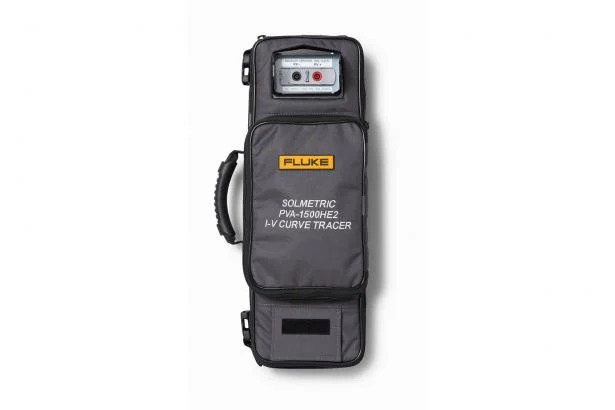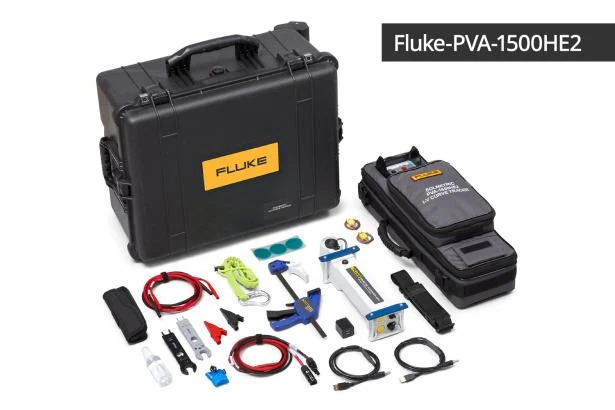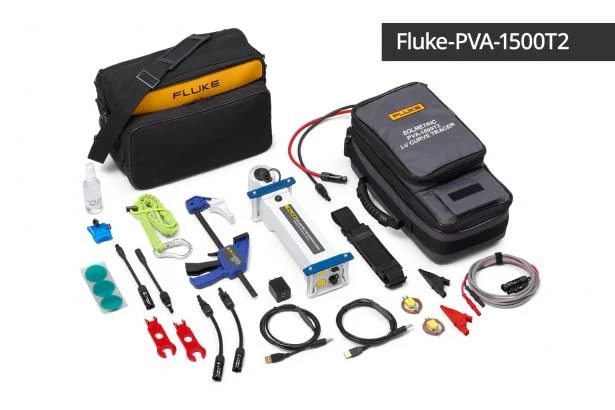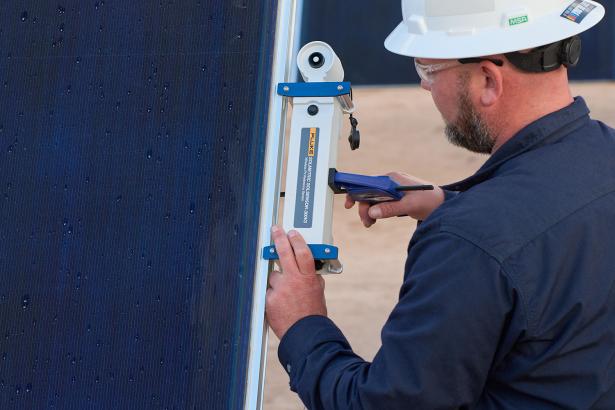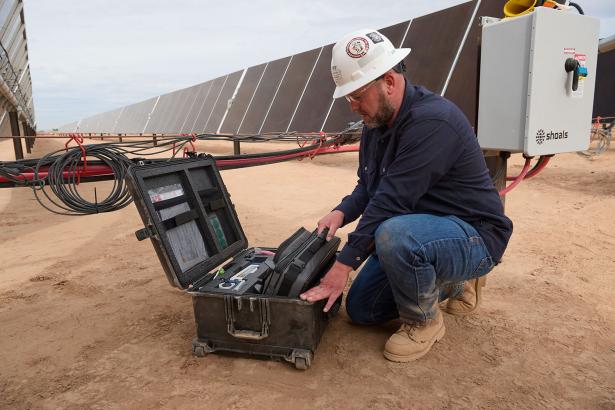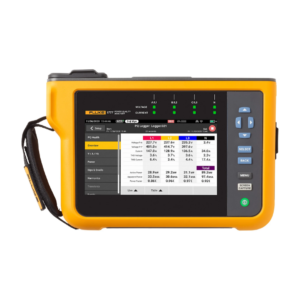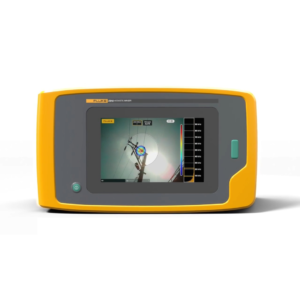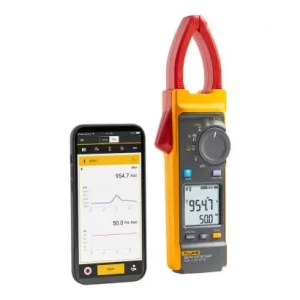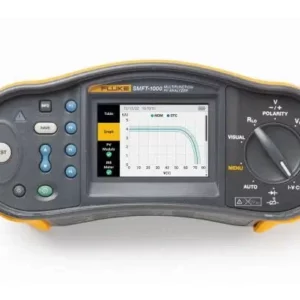Measure your solar PV system performance
The PVA-1500 is a cutting-edge I-V curve tracer kit designed to measure with fluke solar tester system performance. With this high precision testing equipment, you can reliably assess the health and performance of solar modules and arrays, making informed decisions to enhance their output and longevity. The PVA-1500 kit offers an array of advanced features, including high throughput I-V curve tracing, providing quick and detailed performance data. Its intuitive user interface enables easy navigation and real-time analysis, allowing for immediate identification of potential issues. By pinpointing problems early, you can maximize your solar energy production and minimize downtime.
Comprehensive measurements and efficient analysis
For commissioning, operations, maintenance, and troubleshooting of PV arrays, I-V curve testing is the most complete solar module performance measurement. Quick analysis of curve datasets aids in detecting outliers, and the stored data functions as a baseline for future performance inquiries.
Accurate I-V curve tracing
The PVA measures the I-V (current versus voltage) curve of a PV string or module using a capacitive load. The measurement is typically performed at the string level by connecting directly to the string or at a combiner box using the fuses to select the string under test. The number of I-V curve points can be selected at 100 or 500. Additionally, the PVA generates the P-V (power versus voltage) curve, Isc, Voc, Imp, Vmp, Pmax, fill factor, and performance factor (the ratio of measured to expected maximum power).
Time-saving interface
With a tablet or laptop (Windows only) as the user interface, perform more tests per hour and display the data in multiple, easy to read formats. Save your measurements by touching your customized array tree at the branch you are measuring. The software automatically calculates the expected I-V curve and displays the performance factor.
Advanced High Efficiency PV Testing Capabilities
Accurate measurement of high efficiency modules up to 30A: Highly efficient modules (>19% module efficiency) possess high capacitance, posing a challenge for some I-V curve tracers that may not be able to measure them. The PVA-1500HE2 is uniquely designed to measure all string types, even those with high efficiency modules, up to 30A. Rapid performance in high temperature environments: The PVA-1500HE2 operates with a swift sweep-to-sweep delay of 9 seconds (at Voc < 1350V). This results in the ability to measure 3.5 MW within an hour, even in high-temperature settings where standard curve tracers often fail due to overheating.
SolSensor™ Wireless PV Reference Sensor
The SolSensor™ provides irradiance, module temperature, and array tilt data to the PV model. The model uses this information to predict the I-V curve shape at these operating conditions and to translate the measured curve to standard test conditions. The SolSensor™ clamps to the module frame, automatically orienting the irradiance sensor to the plane-of-array.
The spectral response of the silicon photodiode sensor in the SolSensor™ is corrected for the PV technology under test. Special factors are provided for multi- and mono-crystalline cells as well as cadmium telluride (CdTe) and other thin film technologies. The sensor is temperature compensated and the angular response of each unit is calibrated for rotation and elevation. As a result, the SolSensor™ is accurate over a broad range of technologies, sky conditions, and sun angles, allowing I-V curve measurements earlier and later in the day.
The SolSensor™ provides two external thermocouple inputs for measuring module backside temperatures. Effective cell temperature can also be calculated directly from the measured I-V curve per IEC 60904-5. The PVA’s SmartTemp™ feature, optionally, blends these two methods for best accuracy.
The PVA and SolSensor™ communicate wirelessly with your PC via WiFi with a line-of-sight wireless range of 100m. That means no wires underfoot, quick setup, the ability to move around while troubleshooting strings, and flexibility to measure multiple combiner boxes with a single SolSensor™ setup.
Turn PVA data into key insights, visualizations, and customizable reports
Capture data in the field with the PVA Application and validate the results with the Data Analysis Tool (DAT), a Microsoft Excel™-based solution streamlining the analysis of PVA I-V curve data. It presents analysis results in multiple formats. It compiles key PV parameters in a string table, flags non-conforming strings, and delivers a statistical overview of the entire array.
Additionally, it visually combines string I-V curves at the combiner box level, offering a clear depiction of consistency and identifying atypical strings. The tool also generates histograms for PV parameters across the string population, and this data can be added to a customizable report exported as a PDF. The Data Analysis Tool [DAT] can be downloaded for free use with any PVA. Supported languages: English, French, Spanish, German, Italian, Traditional Chinese, Simplified Chinese, and Brazilian Portuguese.
